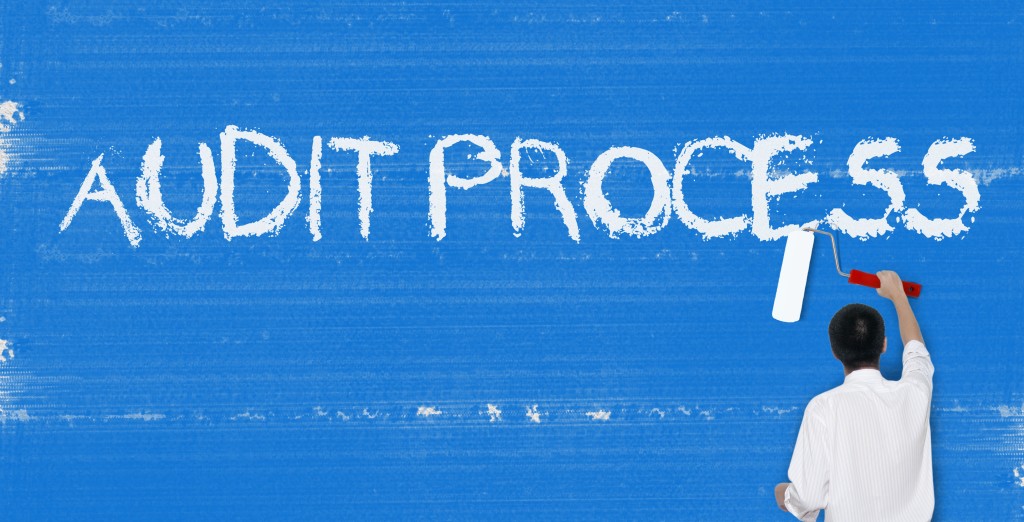Our goal as a fully compliant EASA Part 147 training organisation is to pay particular attention to the primary challenges to delivering all required obligations on a continuous basis.
So to consider that the purpose of the audit is to ensure full compliance with all regulatory and organisational requirements.
The audit needs to be independent in respect that the auditor should not be responsible for the process and procedures which he or she is responsible to audit.
The implementation of a Quality Control / Quality Assurance environment with the QA element providing an independent assessment of the compliance of all regulatory requirements.
The Quality Manager is responsible for the implementation of a quality audit programme to verify compliance with all Maintenance Training Organization Exposition (MTOE) and organizational training procedures.
As well as auditing of processes and procedures, together with any other management system requirements, for example Auditing of the Safety Management System (SMS ) emphasis should be placed on the auditing of competence control processes.
In addition, any identified non-compliances or poor standards (Subjective) are brought to the attention of the responsible person.
Note – where, for reasons of organisational efficiency, it is necessary to utilise the Quality Manager as training staff, it would then become necessary for a second member of staff to be nominated to audit those functions performed by the Quality Manager.
Concerning Auditor Competence
In order to deliver a successful EASA Part 147 audit we must ensure that the auditor has a thorough understanding of the specific regulatory requirements as well as the competence to ensure that the regulations have been interpreted in an effective way.
Key areas of the business which will receive the attention of the auditor include personnel (key stakeholders of the approval) Including :
Manpower
The Training Manager (who may be the Accountable Manager)
This person assumes the role of Post Holder and is responsible for the organization to comply with all regulatory requirements (Consider that this in fact is Quality Control (QC). It is the primary role of the
Quality Audit to look at the QC activities to ensure compliance.
The EASA 147 Organisation must employ sufficient staff (Full time or Part time) with appropriate qualifications who shall be managed appropriately trained and developed to plan, perform, supervise, examine and assess students as required.
Instructors (both knowledge & practical) are required to be sufficiently experienced and competent for the required role.
Examiners are required to be sufficiently experienced and competent for the required role.
Practical assessors are required to be sufficiently experienced and competent for the required role.
Facilities
Facilities must be managed and maintained which includes the provision of appropriate facilities for the use of administrators, training staff and the students.
Sufficient storage facilities, tools, equipment, materials and publications available to perform the planned practical tasks.
Secure facilities are available for the storage of assessment papers prior to the assessment and for the storage of completed students answer papers;
Demonstration of the process to maintain and manage an archive together with the physical availability of such an archive.
Documentation & Standards
The Maintenance and Security of the Training Material and Question Bank.
All necessary Airworthiness data published by relevant National Airworthiness Authorities and aircraft manufacturers as appropriate must be current and available.
Management of Competence
Competence should be managed on a continuous basis
Knowledge examiners, instructors and assessors should be fully trained and assessed regularly for competence and that all records pertaining to these personnel are kept up to date.
The management of Subcontract Staff to ensure consistency with the regulatory and organisational requirements.
Sofema Aviation Services offers a full range of regulatory training courses to comply with EASA and GCAA requirements. For details please see www.sassofia.com or email: office@sassofia.com




